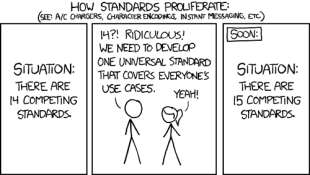I am finally about to relent and create a smart receiver/remote to suit my HE123D and other differential/long range boards.
The boards won't be a direct equivalent to Falcon smart remotes or others but will be made with a slightly different protocol and will allow up to 1600 pixels at 20fps or 800 pixels at 40 fps as per the typical Falcon Player controlled boards. The input power voltage range will be 5-24V. 30A input to 4 7.5A outputs. Essentially no limit on the number of remotes that can be daisy chained. There will be no configuration of the boards required at board level, it will be in the FPP interface.
There will be a test mode that will be a bit more extensive than what I believe is on other smart remotes. This is the reason for the post. With many people running their displays and props at well below 100% brightness I was wondering about having multiple brightness levels as part of the test mode starting at maybe 20% brightness and maybe a couple of steps between that and 100%. I was also wondering whether to have the test mode do the board being tested only or to do that board and all downstream ones.
The boards won't be a direct equivalent to Falcon smart remotes or others but will be made with a slightly different protocol and will allow up to 1600 pixels at 20fps or 800 pixels at 40 fps as per the typical Falcon Player controlled boards. The input power voltage range will be 5-24V. 30A input to 4 7.5A outputs. Essentially no limit on the number of remotes that can be daisy chained. There will be no configuration of the boards required at board level, it will be in the FPP interface.
There will be a test mode that will be a bit more extensive than what I believe is on other smart remotes. This is the reason for the post. With many people running their displays and props at well below 100% brightness I was wondering about having multiple brightness levels as part of the test mode starting at maybe 20% brightness and maybe a couple of steps between that and 100%. I was also wondering whether to have the test mode do the board being tested only or to do that board and all downstream ones.


